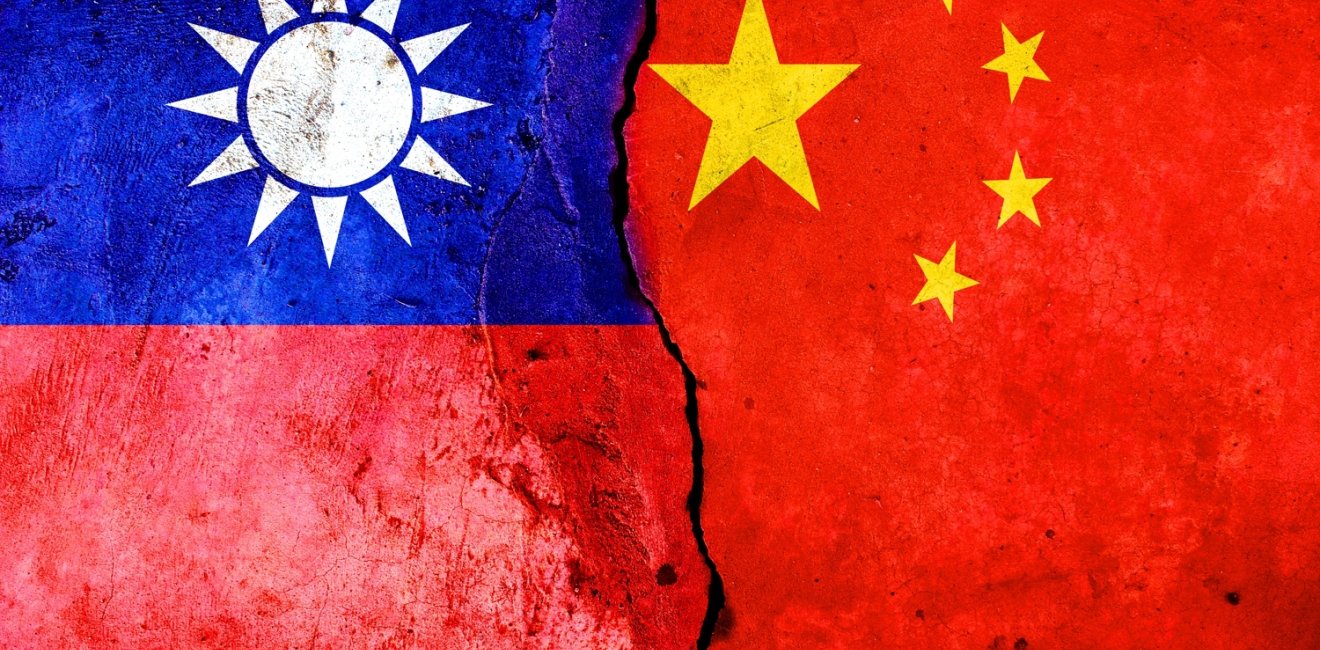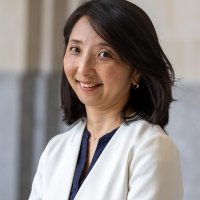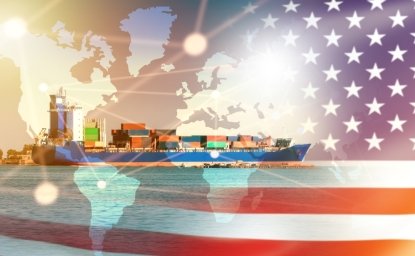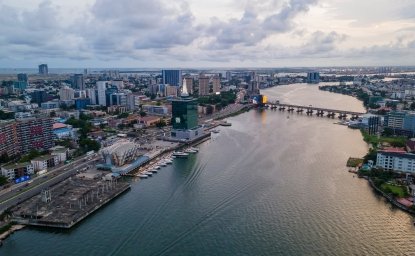The Taiwanese Dream Vs. China’s Reality
Trump or no Trump: Taiwan’s path for growth is curtailed by a political roadblock, the PRC’s “One China” writes Shihoko Goto.
Trump or no Trump: Taiwan’s path for growth is curtailed by a political roadblock, the PRC’s “One China” writes Shihoko Goto.

Speculation is rife as to what agreement, if any, Chinese President Xi Jinping might be able to reach when he meets with President Donald Trump for the first time on April 6.
Most of the focus is going to be on the trade issue, especially after Trump’s most recent executive order to lay groundwork for ensuring fair trade.
But what about the single biggest source of diplomatic tension between the world’s biggest and second-largest economies — the “One China” policy?
Trump and Diplomacy
As president-elect, Trump had broken nearly four decades of protocol last December by talking directly with Taiwanese President Tsai Ing-wen.
While that call could have been seen as a welcome move to break through the impasse of not being able to deal directly with the Republic of China, the widely held assumption was that Trump was considering leveraging Taiwan’s unique situation to clinch better trade deals with Beijing or deal with tensions in the South China Sea.
Trump Reversing Himself
Of course, the fact that Trump is no longer expected to play the One China card as a bargaining chip to negotiate with the People’s Republic of China is a welcome one.
If Trump had not changed his opening move toward China, that could have led to retaliation by Beijing that could have hurt Taipei more than the United States.
For that reason, Trump’s call to Xi Jinping in February, in which he reaffirmed that Washington would continue to uphold the One China principle outlined in the Shanghai Communique that allows the United States to maintain relations with the PRC as well as Taiwan, is to be welcomed.
Maintaining the status quo in an increasingly tension-ridden region by upholding the One China policy is a move not just welcomed by the international community, but by Taiwan in particular.
Standing Up for Principle
Yet, accepting the principle of a single China that includes Taiwan should not stop the White House from underscoring the values the United States and Taiwan share. First and foremost, this includes democratic principles and a commitment to free markets.
After all, the dream that Taiwan has for itself — ensuring that it remains stable, prosperous and reflects the will of its people — is a vision that the United States shares.
Moreover, Washington has not only has a key role to play in securing Taiwan’s vision for its future. It also has a vested interest to make sure that Taipei continues to flourish socially as well as economically as a living example of an alternative vision to Beijing’s rule.
Taiwan’s Limited Options
The truth remains, though, that Taiwan continues to be in a tough spot politically as well as economically precisely because of the One China policy.
Mainland China is Taiwan’s single biggest trading partner, accounting for nearly 40% of Taiwan’s total exports, while Chinese tourists are critical to Taiwan’s economy.
That makes Taiwan particular vulnerable to any retaliatory economic actions that Beijing might take to punish Taipei for what it perceives as aggressions.
From Promise to Reality
So it is hardly surprising that in campaigning for the presidency as the leader of the opposition Democratic Progressive Party, Tsai vowed to decrease Taiwan’s economic dependence on Taiwan, in sharp contrast with the policies pursued by her predecessor, Ma Ying-jeou of the KMT.
Since assuming office in last May, however, Tsai has faced difficulties in meeting her campaign promises on the economic front.
At best, an annex to the global system
One of the biggest challenges that continues to plague Tsai’s government is the political roadblock to Taiwan’s path for growth. As a result of the One China policy, Taiwan is unable to join most international organizations and treaties independent of the PRC, including the United Nations.
The uncertain outlook for the Trans-Pacific Partnership agreement has been a particularly heavy blow on Taiwan. While it is not one of the 12 founding members of the TPP, Taipei had set its hopes on eventually joining the club.
The Backdoor Approach on Trade – Spoiled by Washington
That way, it would have been able to be part of the biggest and most ambitious trade deal to date, but also find its way into the network of international treaties that it finds itself blocked from all too often.
So while there are alternatives to TPP, most notably the PRC-led Regional Comprehensive Economic Partnership agreement, it will be difficult for Taiwan to join most other trade agreements, including RCEP, since mainland China will have already established itself as the China of the One China paradigm.
Taiwan in the Grey Zone
It is, however, in the United States’ national interest to ensure that Taiwan is able to remain an integral part of the international community and the global trading system as it continues to be the China that espouses democracy and market principles.
Unlike the “Chinese Dream” which is more slogan than reality, the blueprint for achieving the Taiwanese Dream of ensuring freedom of individuals and their right to prosper is clear.
The challenge, however, is that Taiwan will not be able to pursue that dream without concerted international support.
The opinions expressed here are solely those of the author.
This article was originally published in The Globalist.


The Indo-Pacific Program promotes policy debate and intellectual discussions on US interests in the Asia-Pacific as well as political, economic, security, and social issues relating to the world’s most populous and economically dynamic region. Read more


The Kissinger Institute works to ensure that China policy serves American long-term interests and is founded in understanding of historical and cultural factors in bilateral relations and in accurate assessment of the aspirations of China’s government and people. Read more



